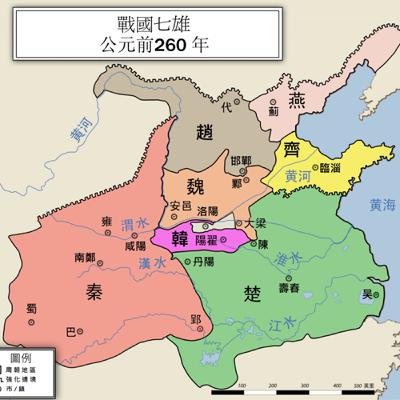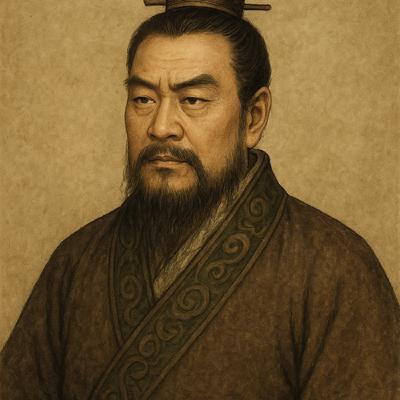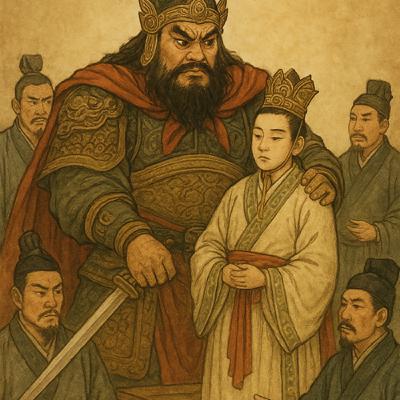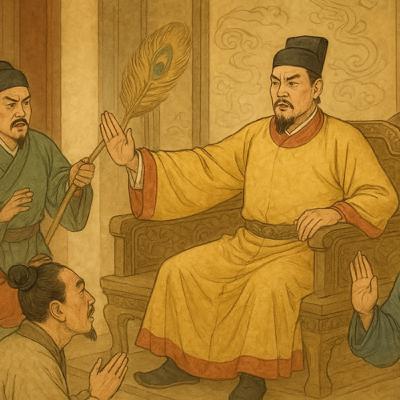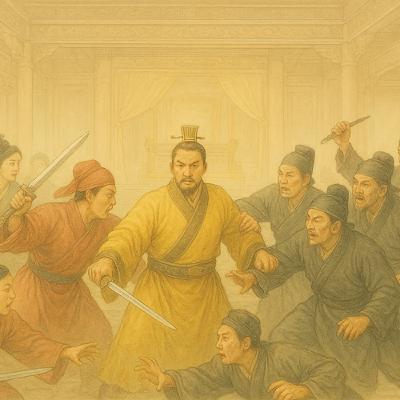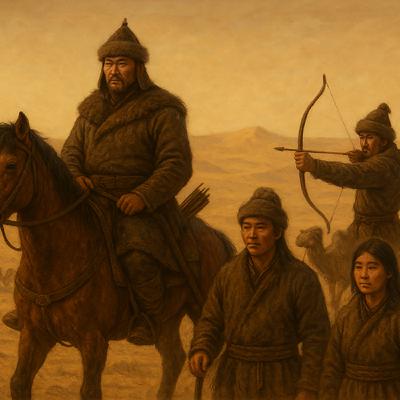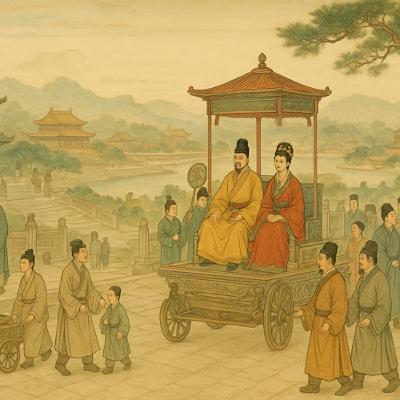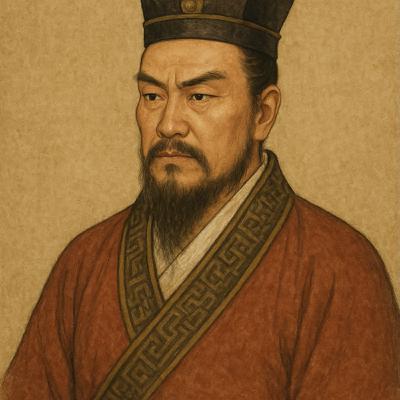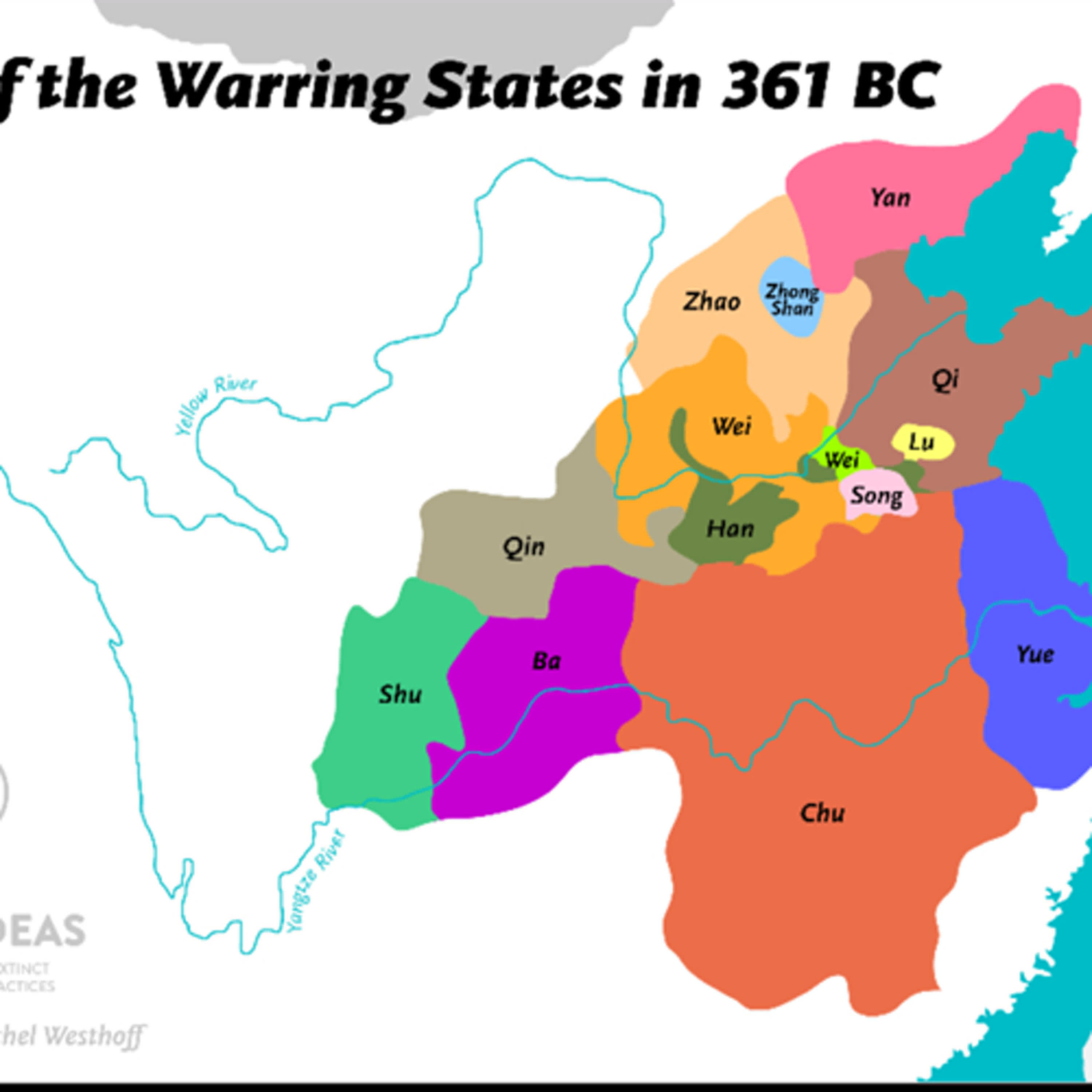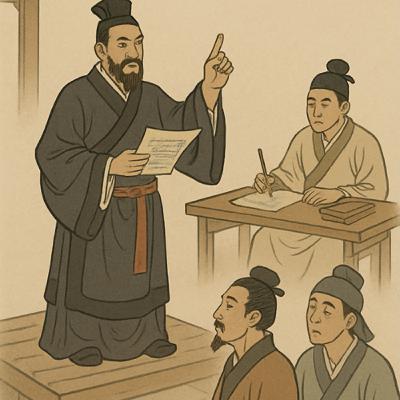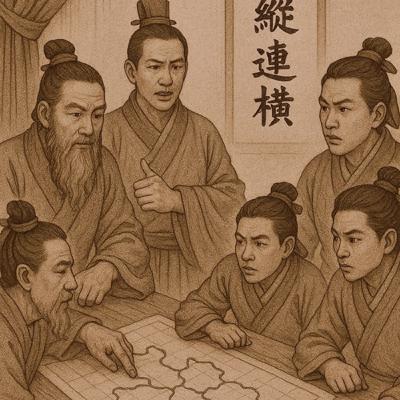Vertical vs Horizontal Alliances
Description
Ancient Chinese Alliance Strategies and Modern Applications
Historical Context: The Warring States Period
Part of China's Warring States period (around 334-234 BCE), two major diplomatic strategies emerged that would shape military and political thinking for thousand of years:
Vertical Alliance Strategy (合縱)
This strategy involved weaker states forming coalitions to resist the dominant power of Qin. The concept was:
- Multiple smaller states would unite against the strongest single state
- Each ally would provide mutual support through troops, funding, and resources
- The goal was to prevent any one state from achieving total dominance
- This strategy maintained balance of power for approximately 15 years during the political career of Su Chin. It activated in several other periods as well
Horizontal Alliance Strategy (連橫)
This counter-strategy exploited human nature and self-interest:
- The dominant state (Qin) would approach each rival individually
- Qin would offer attractive terms and benefits to potential allies
- By making separate deals, Qin could break apart the vertical alliances
- This divide-and-conquer approach ultimately proved successful
Modern Applications
Contemporary Geopolitics
The speaker draws parallels between these ancient strategies and current international relations, particularly regarding:
- How major powers manage alliances and rivalries
- The challenge of maintaining multilateral coalitions
- Economic incentives used to influence diplomatic relationships
Workplace Applications
The principles can be applied in professional settings:
- Building relationships gradually: Start with individual colleagues before expanding to larger groups
- Understanding group dynamics: Recognize how alliances form and shift within organizations
- Strategic networking: Build connections across departments and divisions
- Maintaining balance: Foster healthy competition while promoting overall organizational success
Key Lessons
- Strategy is neutral: These approaches are tools that can be used constructively or destructively
- Human nature matters: Self-interest often trumps collective benefit
- Timing is crucial: The effectiveness of any strategy depends on proper timing and execution
- Adaptability is essential: Successful strategists must adjust their approach based on changing circumstances
Conclusion
These ancient Chinese strategies remain relevant today because they address fundamental aspects of human behavior and power dynamics. Whether in international relations or workplace politics, understanding these principles can help individuals navigate complex social and political environments more effectively.
The ultimate goal should be creating harmony and mutual benefit rather than purely self-serving manipulation.
Thank you for listening to this analysis of classical Chinese strategy.
#Ancient Chinese history#systems analysis#era of warring states#international relations strategies#diplomacy#modern approaches#multilateral alliance#bilateral treaty
加入免費會員,更新資訊不漏接: https://open.firstory.me/join/ckeiik73n1k6i08391xamn9ho
小額贊助支持本節目: https://open.firstory.me/user/ckeiik73n1k6i08391xamn9ho
留言告訴我你對這一集的想法: https://open.firstory.me/user/ckeiik73n1k6i08391xamn9ho/comments
Powered by Firstory Hosting

